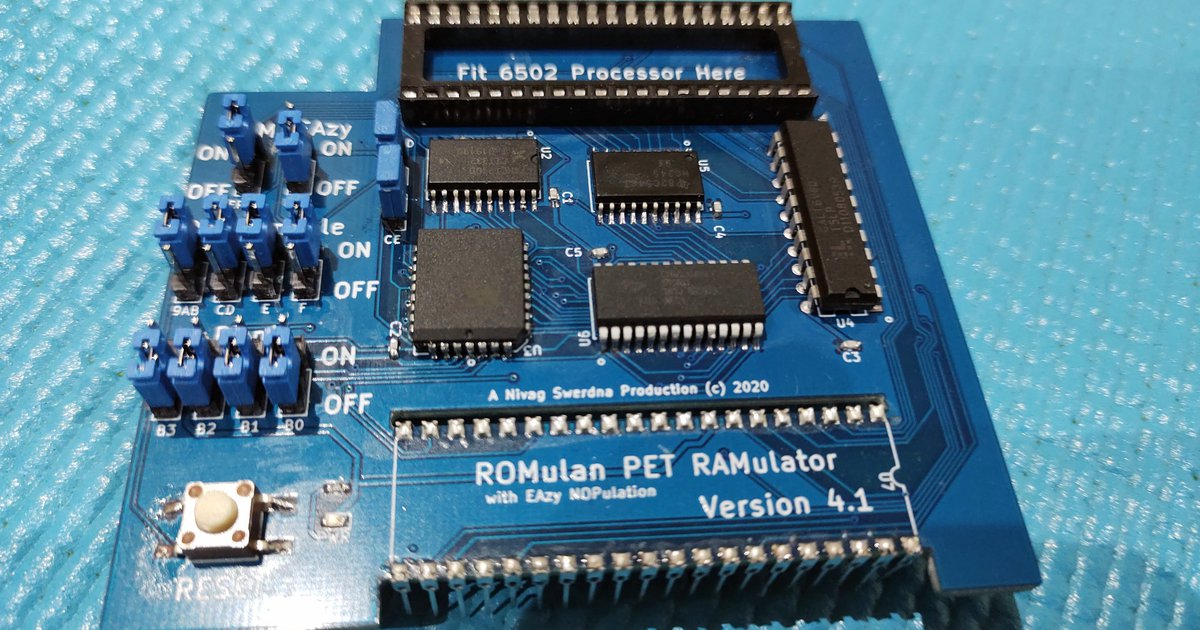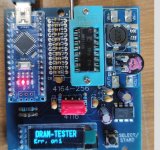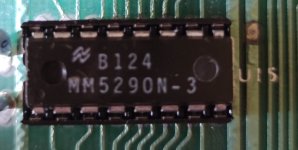Nivag Swerdna
Veteran Member
Do you have a spare 6502? I think it is worth swapping at this stage.
I am also a bit concerned about the fault not occurring immediately... perhaps we have a short of some kind.. and the voltage regulators cannot keep up.
Do some parts get hot? (other than the previously mentioned regulators)
I am also a bit concerned about the fault not occurring immediately... perhaps we have a short of some kind.. and the voltage regulators cannot keep up.
Do some parts get hot? (other than the previously mentioned regulators)
Last edited:







